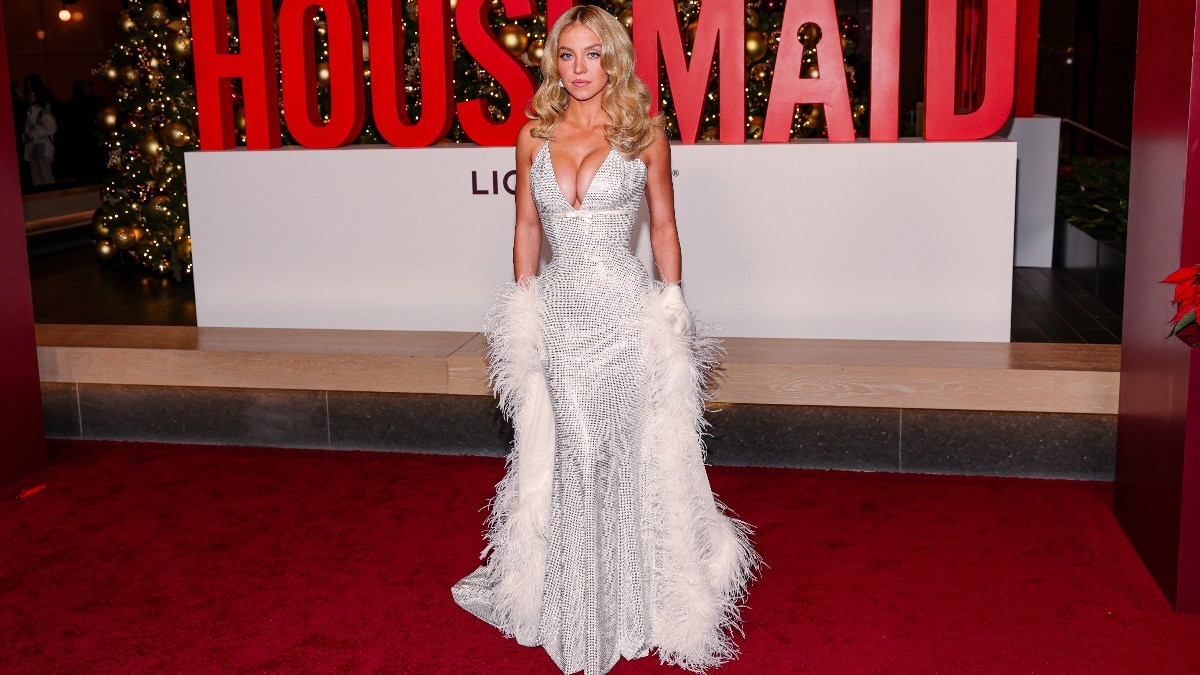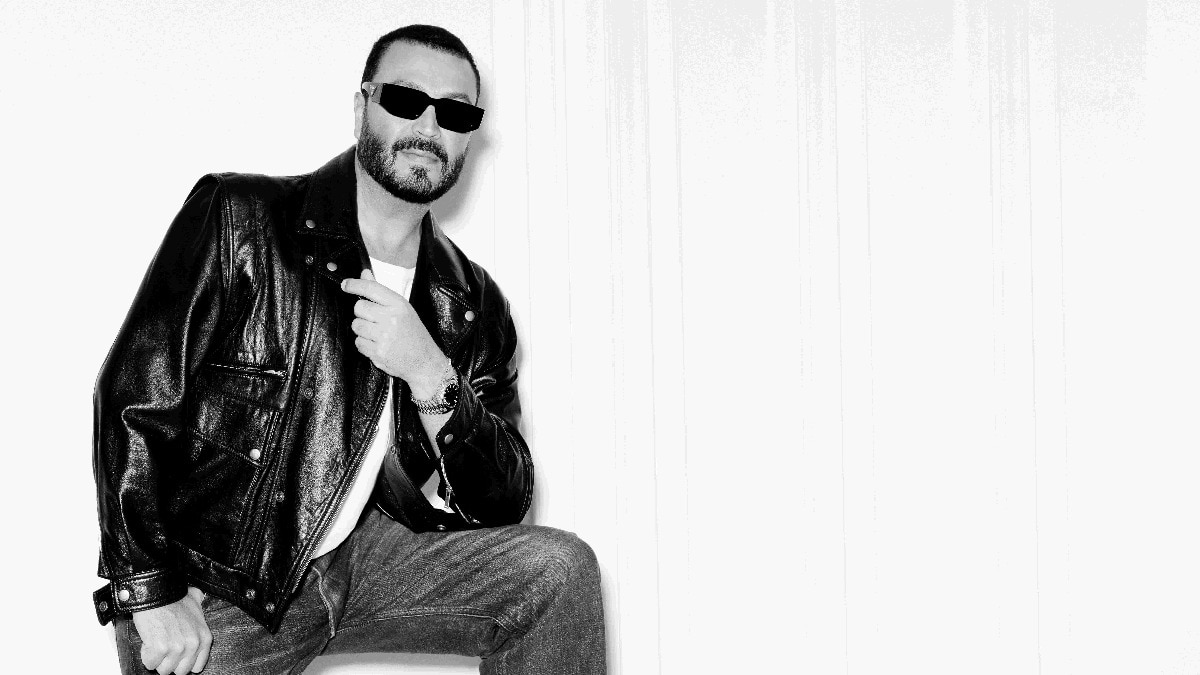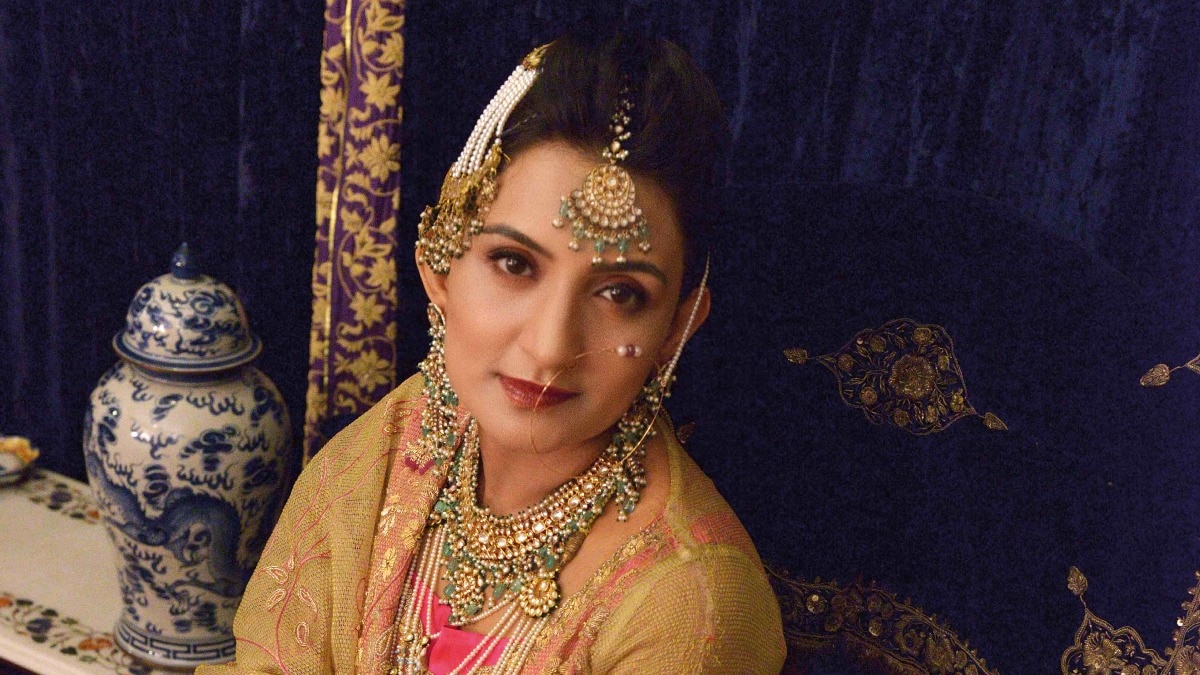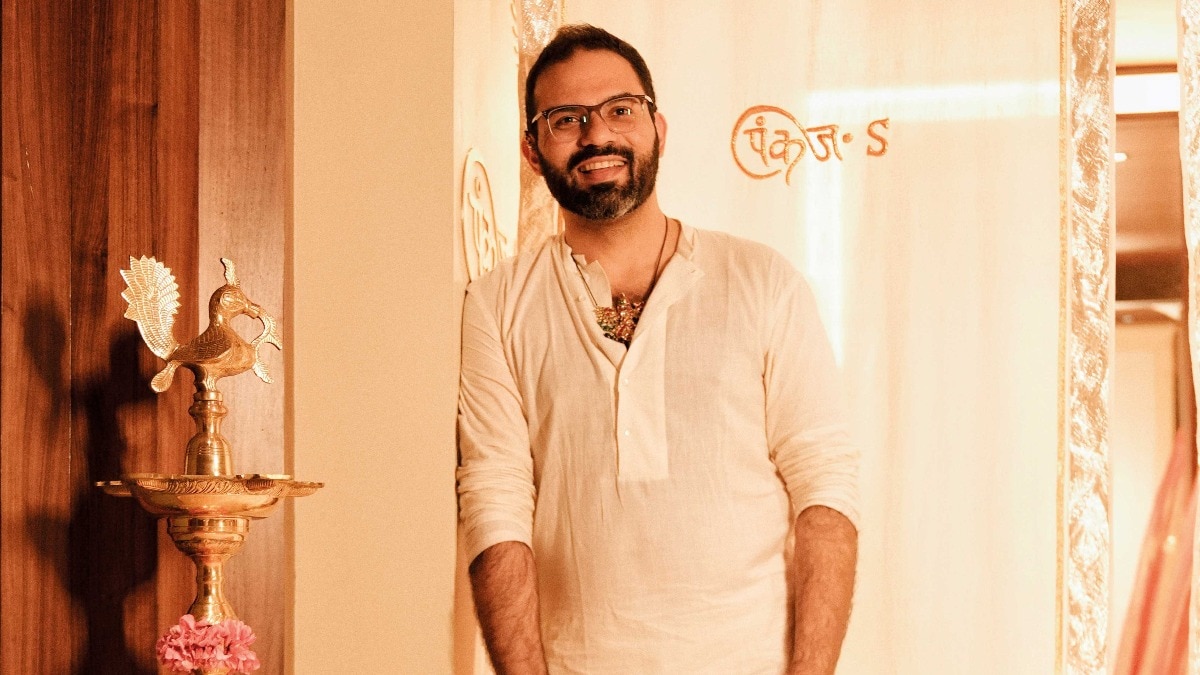- Home
- Fashion
At Paris Couture Week, designers offer the joy of escapism
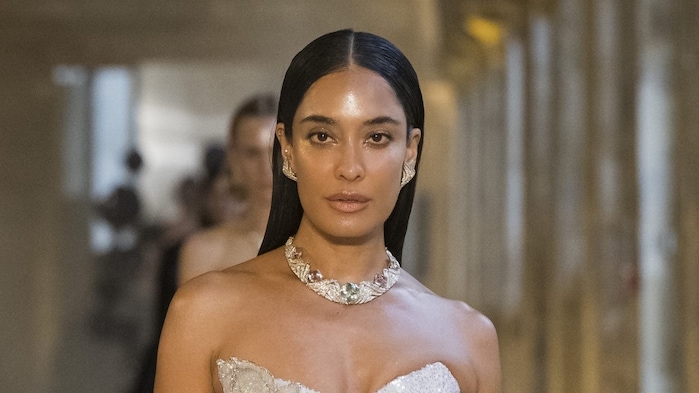

Finally, some fabulous fashion! And that has been a rarer thought than one might expect—especially over these past couple of months, which have felt as uninspiringly familiar as the street style looks saturating the Instagram digisphere worldwide, compounded by the sheer volume of fashion shows that have taken place recently, with menswear fashion weeks spanning London, Milan, and Paris. But that’s exactly what popped into my head after Daniel Roseberry’s fifth-anniversary Schiaparelli haute couture show—a tour de force of a collection that mixed everything up, turning convention on its head and challenging all sorts of preconceptions. Think you know what dressing is all about? These clothes seemed to say: think again.
Roseberry, the artistic director of the storied Maison, has proven himself a genius at toying with Schiaparelli’s legacy—a brand made infamous by Elsa Schiaparelli herself, who became known for infusing it with surrealist humour. So, naturally, the Schiaparelli crew—from the rapper Cardi B and the pop sensation Dua Lipa, to the actor Cooper Koch—shuffled around the Petit Palais in gold-toe shoes and anatomical gold jewellery, deft-cutting tailoring, swinging bejewelled face bags as they waited for the show to begin. Overdressed for 10 a.m. on a Monday? Sure—but no one blinked. They had entered fashionland, where ball gowns at dawn are a perfectly reasonable response to the trauma of waking up. “This collection reminds you that looking backwards is nothing if we can’t find something meaningful to bring into our future,” Roseberry said in his press notes.
Then came the first look: a black dry wool jacket embroidered with a silver palm tree motif from the archives, paired with a matching pencil skirt, a pearl-studded felt hat, and satin slingbacks with tiny silver hand-shaped heels. And just like that, it was clear—we had entered a fantasy land, where it’s perfectly normal to marvel at the sheer skill of seamstresses capable of material alchemy that would leave Rumpelstiltskin awestruck. In this fashion laboratory, couture is defined by experimentation and the kind of sky-high imagination only possible when price and time are no object. That’s how we also got a ruby crystal heart necklace that actually throbbed, worn over a backward dress—its torso, complete with a sculpted breastplate, layered across the spine.
Designers often love to talk about ‘beauty’ and ‘fantasy’ as a balm from the ills of the world, made to offset a reality that can seem harsh and unwavering. Often this comes across as defensive and frivolous; it makes the fashion industry seem so mired and out of touch. But sometimes, it is exactly what you need.
COUTURE'S EMOTIONAL CORE
Which is why Rahul Mishra—who, in 2020, made waves as the first Indian designer to show on the Paris Couture schedule—named his collection Becoming Love. His imagination drew from his homeland’s traditions and whatever inspiring book was nearby—be it a meditative Sufi text or a treatise on Gustav Klimt’s gilded paintings. Why choose just one? He sent clothes down the runway inspired by the seven stages of love: attraction, infatuation, surrender, reverence, devotion, obsession, death, and inevitable rebirth.
There was a ruby-red corseted gown with a cinched waist and dramatic rose-like tendrils that curled behind the model like climbing vines—the same look later worn by Cardi B, who missed the show after arriving late. Earlier, the show had opened with heart-shaped golden armour, shimmering with threadwork, encasing the body in an almost mystical aura. Other looks included fantastical dresses embroidered with three-dimensional blooms, like tiny dioramas of Eden. Lisa Haydon walked in a sheer off-white column, its surface covered in micro-mini sequins that, through some kind of magic, made it look as though she had just emerged from water.
At Chanel, the end of an era quietly took shape. With Virginie Viard’s exit and Matthieu Blazy’s debut collection, due to be presented in October of this year, the house leaned on familiar codes—long wool skirts, tunic coats, and thick boots in muted tones. It aimed to evoke freedom through menswear proportions, but the result felt heavy, static, and drained of sensuality. Still, there were moments of intrigue: shaggy bouclé “skins” crafted from tulle and feathers, tossed over shoulders like modern-day pelts, suggested a kind of barbarian bourgeoisie—feral yet refined. These flashes of wildness stood out in an otherwise subdued and listless collection.
And then came Glenn Martens’s eerie, enthralling debut at Maison Margiela Artisanal—a parade of phantasmagorical creatures wrapped in trompe-l’œil fabric treatments, decayed textures, and medieval echoes. In his hands, upcycling transformed into ghostly poetry: plastic sheers shimmered like blown glass; tin masks and wallpaper patchworks evoked spectral figures draped in metallised velvet. One staggering look featured over 10,000 pieces of gold costume jewellery, clinking like haunted courtly relics. “So it’s not about the person, it’s about the structure,” Martens said, in an interview with The Business of Fashion. “Which I definitely bring back a lot because I think those silhouettes are, for me, about craftsmanship and beauty. I don’t want the model to take that away,” he continued. Couture, here, wasn’t just fantasy—it was a shape-shifting dream, stitched together with reverence, rebellion, and a flicker of fear, all staged in a shadowy basement lined with peeling paper, where masked figures seemed to emerge straight from the walls.
Just as the hauntingly terrific collection of Robert Wun, which screamed of originality, underscored that the garments aren’t just practically decorative objects; they’re fever dreams sculpted into form—colossal capes, ghostly corsets, handbags in tuxedos, and a bridal look topped with a tiny human figurine. Fashion, here, wasn’t wearable. It was unsettling, unforgettable, and utterly unmissable.
And who can forget Iris van Herpen’s otherworldly haute couture collection—a treatise on symbiosis and the fragile future of our oceans. In a moment that felt more science fiction than fashion, she unveiled a dress made from 125 million living, bioluminescent algae that glowed gently in response to movement. Grown in collaboration with biodesigner Chris Bellamy, the algae were nurtured in seawater, embedded into a gelatinous membrane, and then shaped into one of van Herpen’s signature anatomical frocks—a living organism that shimmered faintly on the runway. The piece wasn’t just worn; it was sustained, housed in a climate-controlled tank when off-body. “It needs eight hours of sleep, sunlight, and not much stress,” van Herpen said, in an interview with The New York Times. But her point was serious: what if fashion wasn’t just inspired by nature, but created in collaboration with it? As couture’s wildest minds proved this season, fantasy might just be the future.
FAREWELLS AND FUTURES
Of all the otherworldly shows, a swan song might best describe this season of couture week: Demna’s last dance for Balenciaga. His final collection—before departing for Gucci—felt less like an exit and more like a poetic self-curation of legacy. Held before an audience of muses and celebrities, from Cardi B to Nicole Kidman, the show unfolded like a greatest hits remix. Kim Kardashian walked in full Elizabeth Taylor glamour: a champagne satin slip, tawny feathered coat, and diamond earrings once gifted by Mike Todd. Shoulders jutted, corsetry flexed, and classic tailoring was twisted on bodybuilders and ballet dancers alike. Logos were swapped with names, puffer coats mimicked armadillos, and Old Hollywood gowns were secretly made of shapewear. It was high fashion grounded in humanity, deeply technical and deeply wearable.
Demna reminded us that couture doesn’t have to be precious—it can be radical, emotional, and personal. But with him gone, what becomes of Balenciaga next? Only time will tell, in October, when Pierpaolo Piccioli, the ex-Valentino designer, showcases his debut collection for the brand. “Fashion lives on the edge of tomorrow, driven not by what we know but the thrill of discovering what’s next,” read the note Demna left on every seat.
Meanwhile, Giorgio Armani—absent due to illness but directing remotely—unveiled a stunning ode to “the seduction of black.” His designs, as always, reflected an iron grip: velvet tuxedos and pyjamas, beaded sheaths evoking the Milky Way, and signature bow ties. “If I’ve come this far, it’s thanks to iron focus and obsessive attention,” Armani wrote, in his show notes. Even in absence, he still got the last word. What’s more joyous than that?
